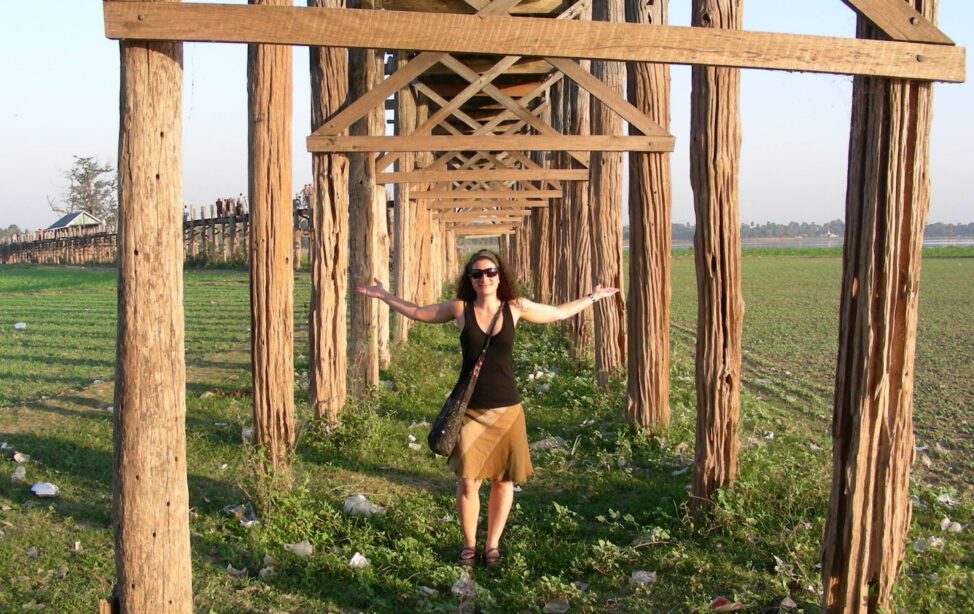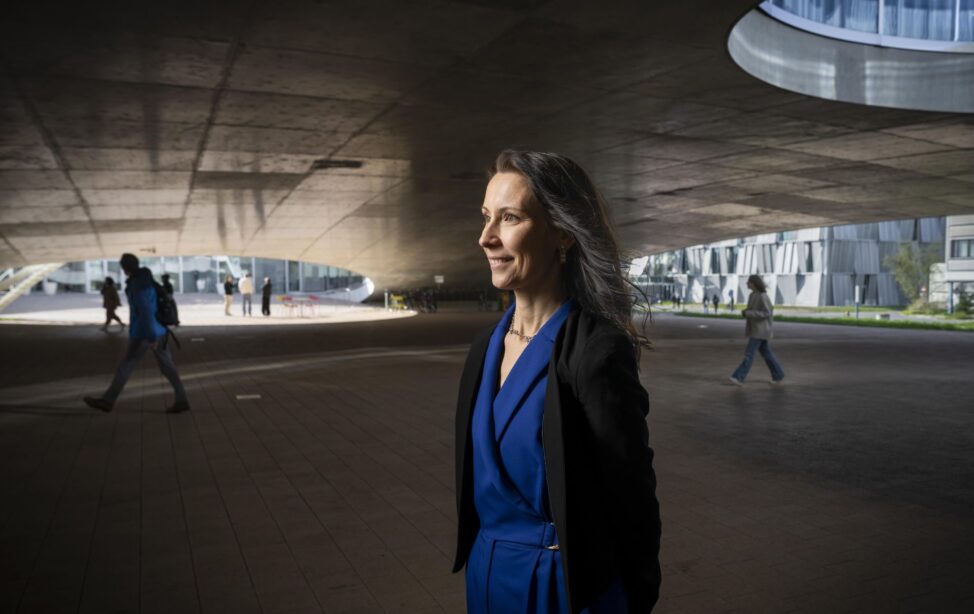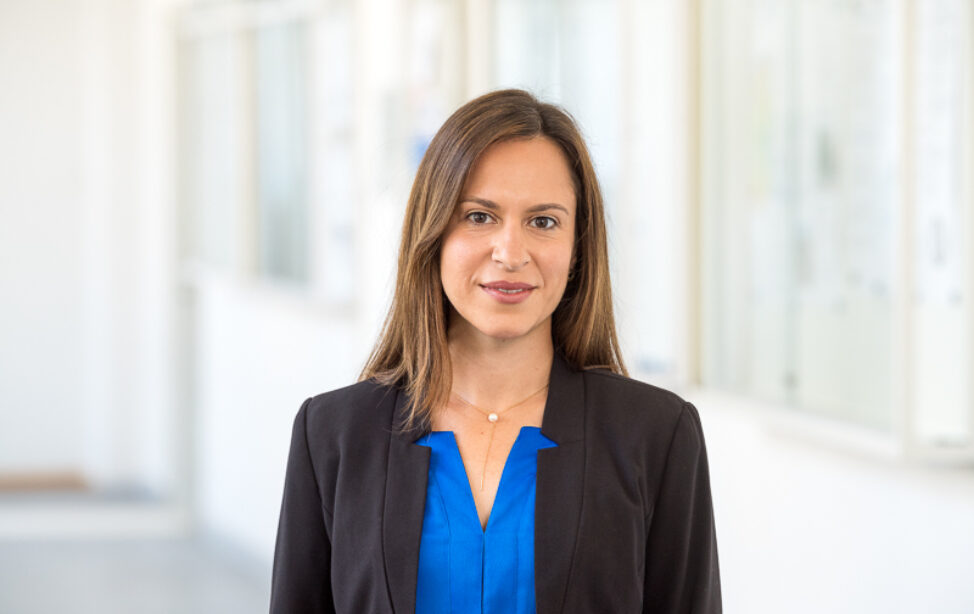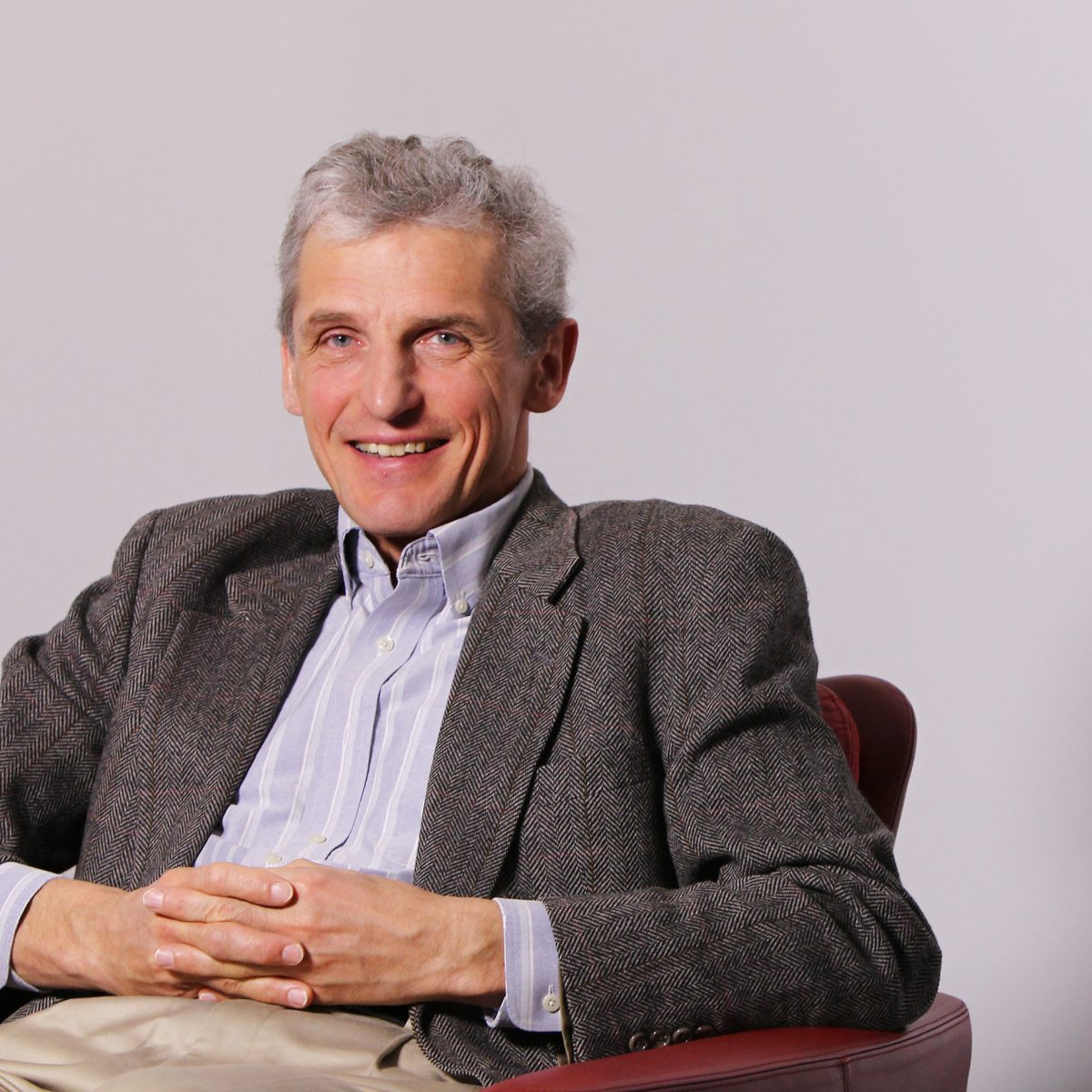
Picture: facesbyfrank/TUM.
It was like the moment of truth. We are sitting in the lab and suddenly this wave pattern comes. Everything was just as we had imagined.
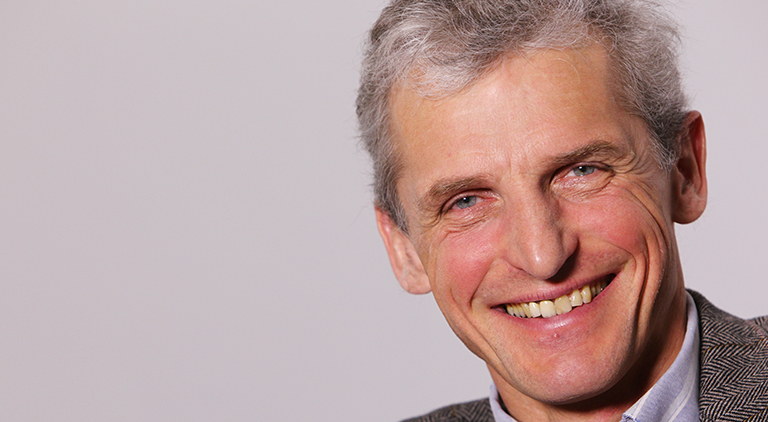
Picture: facesbyfrank/TUM.
My lectures are intended to convey enthusiasm for the research itself.
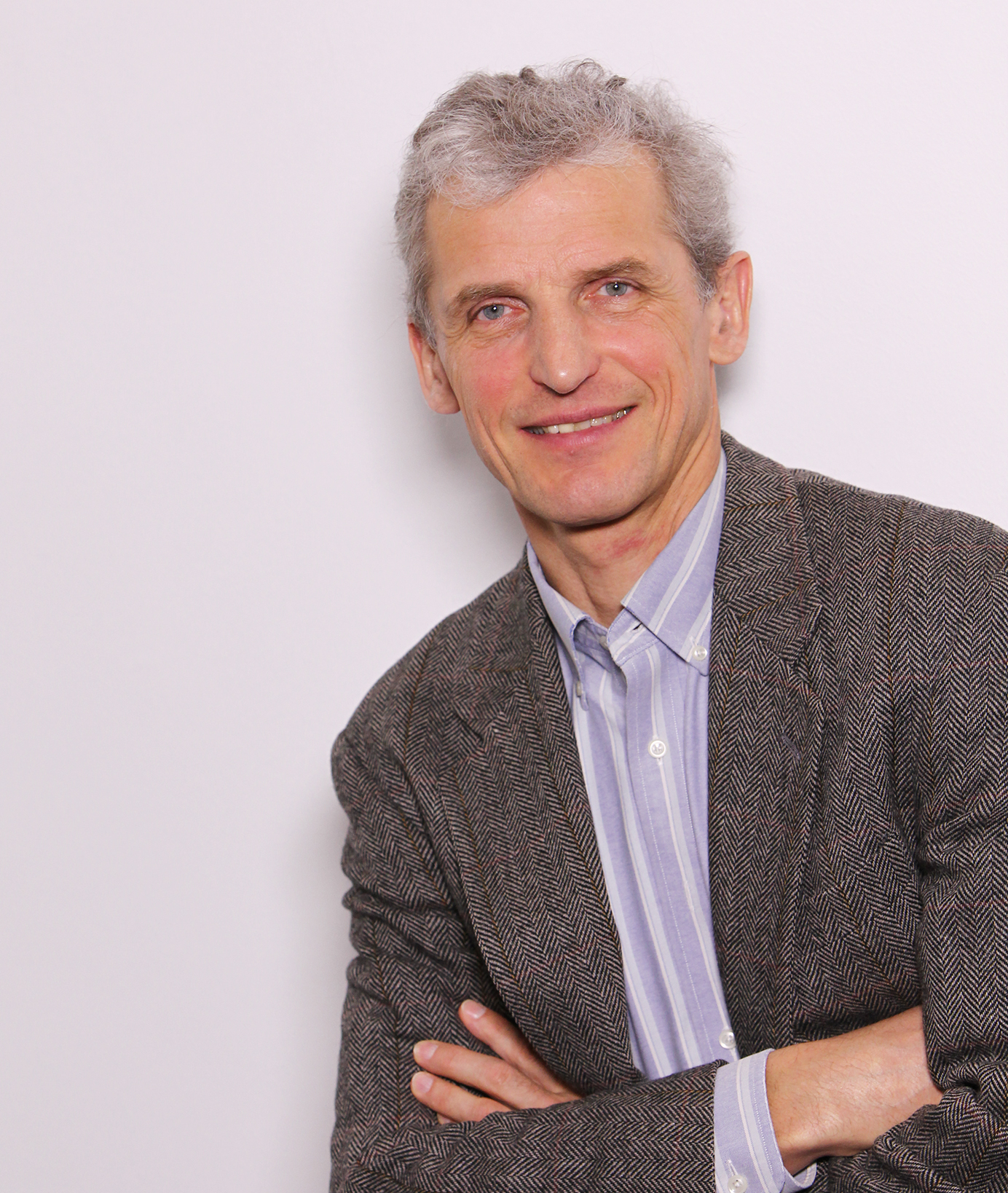
Picture: facesbyfrank/TUM.
Diploma Physics 1982
Wolfgang Ketterle was born in 1957 as the second of three children and grew up in Eppelheim. After graduating from high school, he began studying physics at the Ruprecht Karls University in Heidelberg in 1976. After his intermediate diploma, he transferred to the TUM. He took the direction of theoretical physics and graduated in 1982 on spin relaxation of disordered materials, then moved to the Max Planck Institute of Quantum Optics in Garching and the Ludwig Maximilians University in Munich and received his PhD in 1986 with the thesis Spectroscopy on the helium hydride and the triatomic hydrogen molecule.
After his time in Garching, Ketterle moved back to Heidelberg to conduct research on combustion engines at the chair of Jürgen Wolfrum. In 1990, he moved to America to work on laser cooling problems in the group of David E. Pritchard. In 1993, he joined the Physics Department of the Massachusetts Institute of Technology (MIT) and now holds the John D. MacArthur Chair in Physics.
Wolfgang Ketterle received the Nobel Prize in Physics in 2001, jointly with Eric A. Cornell and Carl E. Wieman, for the generation of Bose-Einstein condensation in dilute gases of alkali atoms and for early fundamental studies of the properties of condensates.
